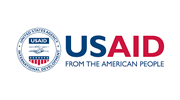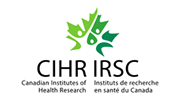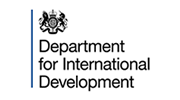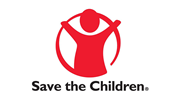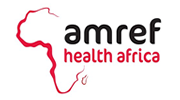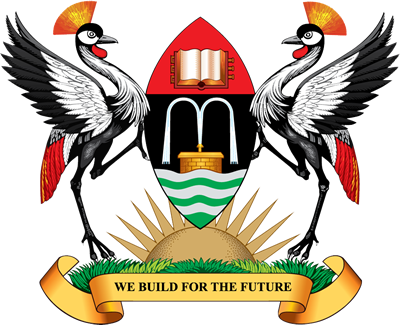The Population Council in collaboration with Child Health and Development (CHDC) Makerere University will conduct research in Uganda to support uptake of key HIV services and prevention behaviors by male sexual partners of adolescent girls and young women (AGYW, i.e. women ages 15-24). This research is part of a portfolio of implementation science (IS) studies for the DREAMS Initiative, a program to significantly reduce new HIV infections among AGYW in high-incidence areas of 10 countries in sub-Saharan Africa.
Similar to many other African countries, AGYW are particularly vulnerable to HIV in Uganda, which has an adult HIV prevalence of 7.6%, and a prevalence among young women ages 15-24 of 3.7% versus 2.3% among young men.[1] It is important to understand both AGYW and their male partners’ perspectives on dynamics and risk perceptions within their relationships, as well as to find effective ways of linking men to underutilized HIV prevention and clinical services, including HIV counseling and testing (HCT) and early antiretroviral therapy (ART). Currently, little is known in Uganda about the characteristics and perspectives of male partners of AGYW, dynamics within their sexual relationships, and what they want from HIV services, information that could improve service uptake and impact. In addition, the DREAMS Initiative in Uganda includes various programmatic strategies to reach and retain male partners of AGYW in these services, presenting an opportunity to explore those strategies in depth.
The overarching goal of this study is to support uptake of key HIV services and HIV prevention behaviors by male sexual partners of adolescent girls and young women (AGYW) in Uganda. The specific objectives of this study are: (1) to improve understanding of the sexual dynamics between AGYW and their male sexual partners and what male partners want from HIV services, in diverse locations in the country; and (2) to explore DREAMS strategies to link male partners of AGYW to key clinical HIV services (HCT, ART). The research will be carried out in an urban and rural location within three districts where the DREAMS Initiative is taking place: Mukono (Central1 region), Sembabule (Central2 region) and Gulu (Mid Northern region).
To meet Objective 1, up to 30 in-depth interviews (IDIs) per district (approximate total of 90 IDIs) with male partners of AGYW will be conducted to understand sexual relationship dynamics, perceptions of HIV risk, knowledge of HIV prevention and transmission, and insights into potential strategies to decrease their HIV risk including HIV testing and treatment services. In addition 6 focus group discussions (FGDs) (2 per district) will be conducted with key informants, including community opinion leaders, DREAMS implementing partner staff and HIV service staff, to provide an overview of the context and types of relationships between male partners and AGYW. Data will be collected in first quarter of 2017.
To meet Objective 2, a secondary analysis will be conducted of monitoring data from DREAMS programmatic activities and will yield information about the reach of DREAMS HIV prevention and gender norms programming and men’s uptake of HIV testing, care and treatment across the intervention period. To explore individual reasons for uptake and non-uptake in more depth, qualitative IDIs will be carried out with up to 30 men (10 per district) drawn from the sample of participants in the first IDIs (forming a qualitative cohort) and who report participating in DREAMS programming and subsequently linking or not linking to HIV services. This data collection will take place during Q4 2017, towards the end of the currently planned DREAMS intervention period. Finally, 6 FGDs (2 per district) will be conducted with key informants including DREAMS outreach and HIV service staff to further explore perceived successes and challenges of strategies to link men to services.
